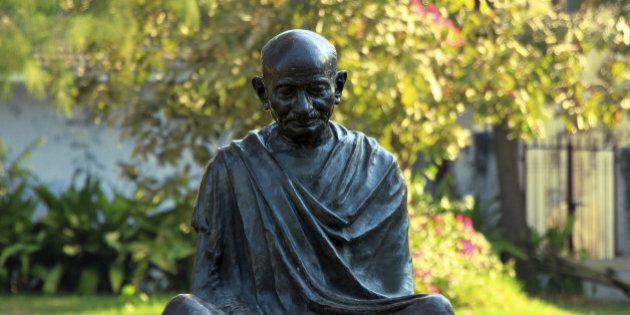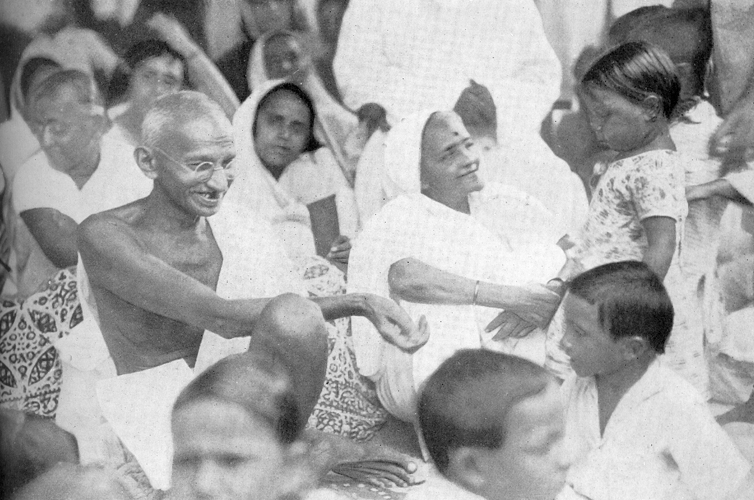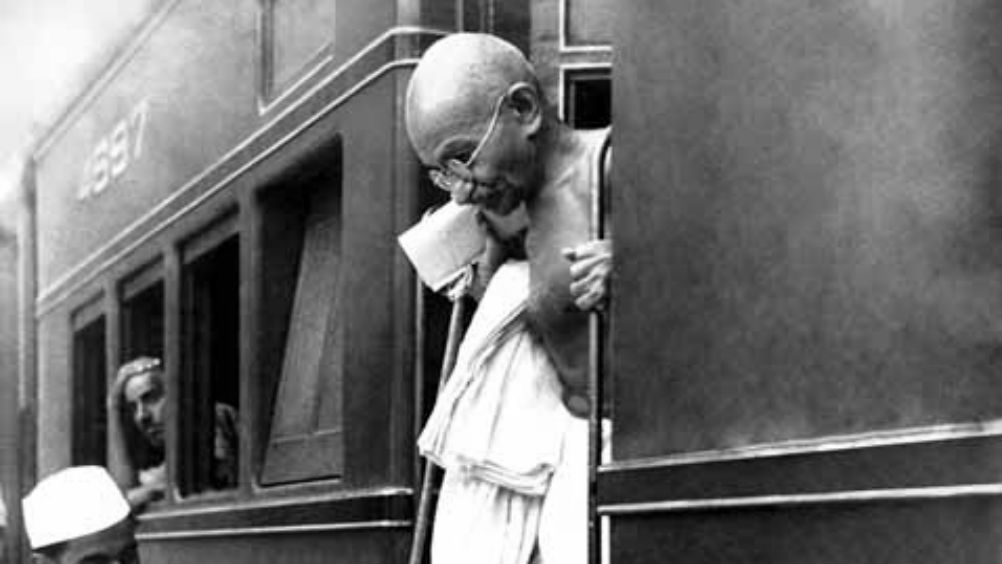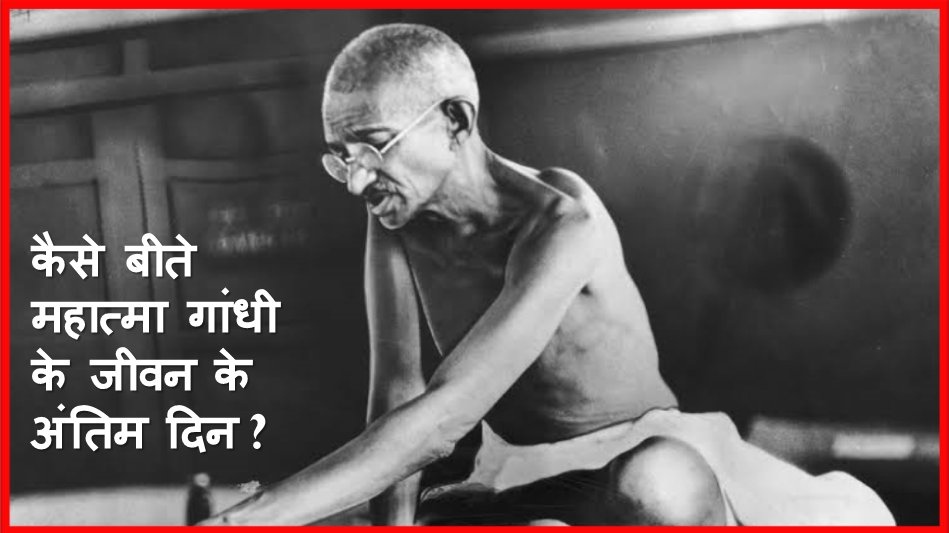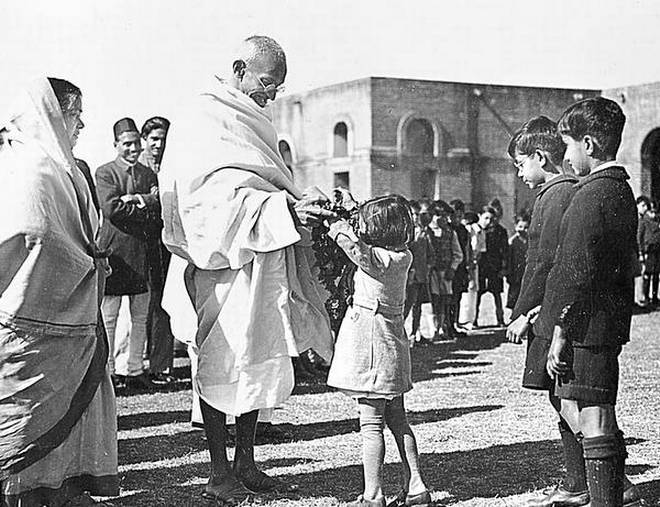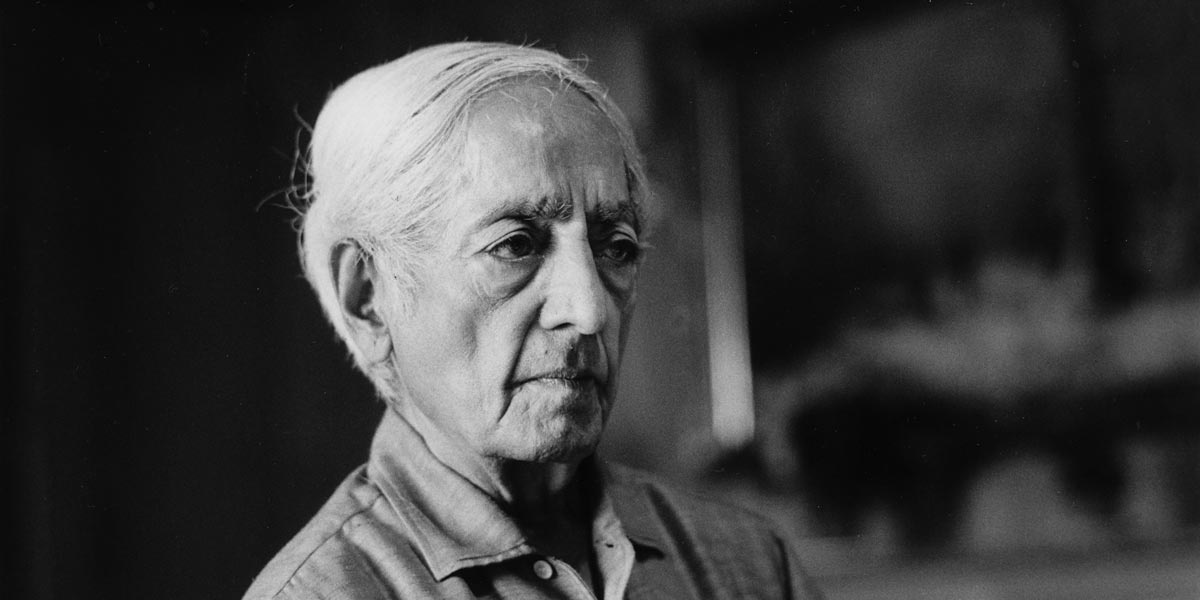POST COLONIALISM
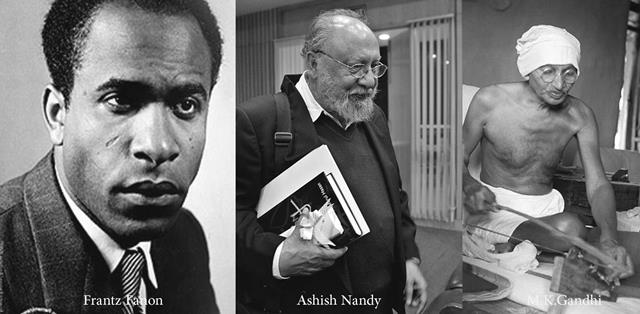
Colonialism had the pernicious effect of deluding colonizers into believing that they were omnipotent: the British would be able not only to conquer foreign territories but also to found new forms of self-consciousness. These pathologies, as Ashis Nandy reflected, find a response in the work of Rudyard Kipling, who equates the savage with childishness, and conversely, in George Orwell, whose critiques of totalitarianism reveal the entrapment of the oppressors as well as the oppressed. In this piece Jane Hiddleston—a lecturer at the University of Oxford—develops this argument further, and evolves a way of looking at Nandy’s The Intimate Enemy.
It is on Gandhi that Nandy dwells at greatest length, however, and it is in his reading of Gandhi’s response to colonialism that Nandy envisages the troubled emergence of another culture, another India. Part of Gandhi’s subversive quality stems, for Nandy, from his use of Western, indeed, Christian references. Gandhi also set out to liberate both the British and the Indian form of colonialism, and achieved this by troubling the the Western belief in the superiority of masculinity: first by positing the transcendence of both femininity and masculinity at the top of the hierarchy, and secondly by privileging femininity. In this way, “activism and courage could be liberated from aggressiveness and recognized as perfectly compatible with womanhood, particularly maternity”. In response to the colonial belief in progress, and the figuration of the native as childlike, Gandhi again reversed the hierarchical structure and conceived myth as superior to history. Nandy goes on to argue that Gandhi reversed the progressivist schema of the development from child to adult by using a language of continuity with the past, together with a language of self-understanding, which would come before the attempt to understand the other. Both approaches are antithetical to modern colonial thinking and reverse its destructive effects. The difficulty, as we have seen, is that Gandhi lays himself open to charges of ahistoricism, but his achievement, according to Nandy, is nonetheless that his languages “gave societies the option of choosing their futures here and now.”
Nandy’s emergent argument is that India must conceive itself in different terms imposed by the colonizer: that the goal must be the achievement of another India. This India would not have to choose between East and West, and it would be neither modern nor anti-modern, but defined by its own composite terms. India cannot reject the West, for in doing so it rejects some of its own traditions, but must work its European influences into its own traditions to create a new pluralist yet self-conscious identity.
In Nandy’s terms, Gandhi’s ethnic universalism “takes into account the colonial experience, including the immense suffering colonialism brought, and builds out of it a maturer, more contemporary, more self-critical version of Indian traditions.” Furthermore, ingeniously blending Fanon with Gandhi, Nandy describes India’s split self-image: the psychological disjuncture between the colonizer’s imposed image and the native’s perception of his or her culture’s traditions. Less divorced from the political in his psychoanalytic reflections than Fanon, Nandy uncovers the emergence of that split image through celebrated writers and thinkers, and links it with Gandhi’s deployment of notions of traditional Indian civilization in his very method of resistance. As a culmination of this analysis, Nandy then criticizes myths of a wholly authentic India as either material or spiritual, and argues for a vision of a ‘non-heroic”, trans-cultural, trans-gendered conglomeration of influences.
(Originally published in Jane Hiddleston, Understanding Postcolonialism, Rawat Publications, Jaipur, 2012)
The New Leam has no external source of funding. For retaining its uniqueness, its high quality, its distinctive philosophy we wish to reduce the degree of dependence on corporate funding. We believe that if individuals like you come forward and SUPPORT THIS ENDEAVOR can make the magazine self-reliant in a very innovative way.


